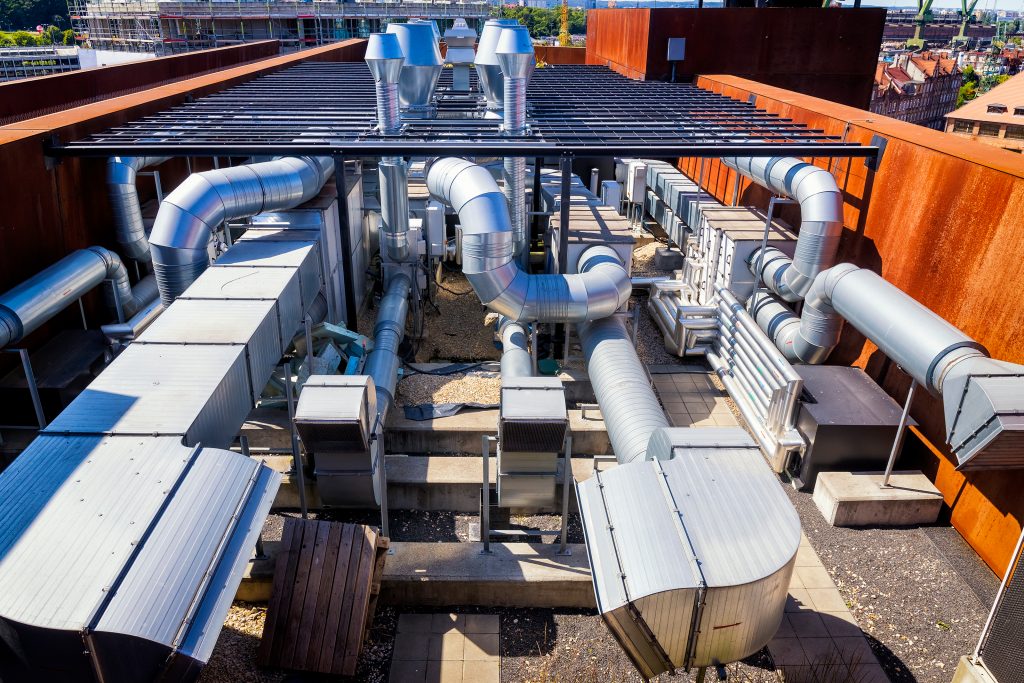Fans are essential components of commercial building systems, playing a critical role in cooling, ventilation, and heating. They also feature prominently in refrigeration units that ensure food quality. However, fan operation entails a considerable energy cost, making efficiency improvements vital for building owners eager to reduce expenses and comply with evolving regulations.
According to a U.S. Department of Energy study, fans and motor-driven components in commercial HVAC systems and refrigeration account for 93% of motor-driven energy in the sector. With new regulations emphasizing energy efficiency, optimizing fan motor operations is now more crucial than ever, offering significant energy savings and improved operational efficiency.
Key Strategies for Commercial Building Owners
1. Optimize Fan Size
Proper sizing of fans is crucial for operational efficiency. Oversized fans do not perform optimally, generating unnecessary flow energy that contributes to increased noise and stress on the HVAC system. By selecting appropriately sized fans, building owners can reduce acquisition and operational costs while enhancing overall system performance.
2. Implement Variable Frequency Drives (VFDs)
Variable Frequency Drives, or Adjustable Speed Drives, control the speed of fans, allowing them to operate only as needed. VFDs can lead to energy savings of up to 50% by reducing fan speed once the desired temperature is achieved. Additionally, these systems prolong equipment lifep by preventing constant full-speed operation. Adapting to these enhancements is crucial, especially as municipalities escalate their regulations targeting energy conservation.
3. Utilize Notched V-Belts
Replacing solid V-belts with notched V-belts can lead to significant energy savings. The grooves in notched belts minimize slippage and reduce bending resistance, enhancing cooling, increasing operational lifep, and lowering maintenance costs. This transition aligns with regulatory trends that encourage infrastructure improvements in energy efficiency.
4. Understand and Apply the Fan Energy Index (FEI)
The Fan Energy Index (FEI) is critical for evaluating the energy efficiency of fans based on size, speed, and power. This metric is being adopted in many jurisdictions, replacing outdated standards like the Fan Efficiency Grade (FEG). For instance, California’s Title 20 appliance efficiency regulations establish specific FEI requirements for fan motors, prompting business owners to select compliant equipment that aligns with the state’s energy conservation goals.
5. Smart Building Controls and HVAC Integration
Integrating advanced building controls with HVAC systems yields significant benefits. Automated controls allow for real-time monitoring and adjustments based on occupancy and environmental conditions, optimizing energy use further. California’s Title 24 energy standards encourage such integration by requiring building owners to implement energy management systems that facilitate automated demand response strategies.
Incentives for Fan & HVAC System Upgrades
There are federal, state and municipal financial incentives, including tax credits, rebates, and grants for building owners looking to upgrade their HVAC systems with advanced fan motors. Taper not only has the expertise to help manage these incentives, but we are also a general contractor to project manage and complete HVAC upgrades with our robust bench of trusted partners.
Taper is your long-term partner for your building’s HVAC and fan systems. We have dedicated experts to review your building, its energy consumption, if it’s in compliance, and how you can fund any needed HVAC or fan upgrades with incentives. We’re your one-stop shop to ensure your building’s performance is optimal, efficient and profitable. Contact us to talk about your HVAC and fan system needs.
